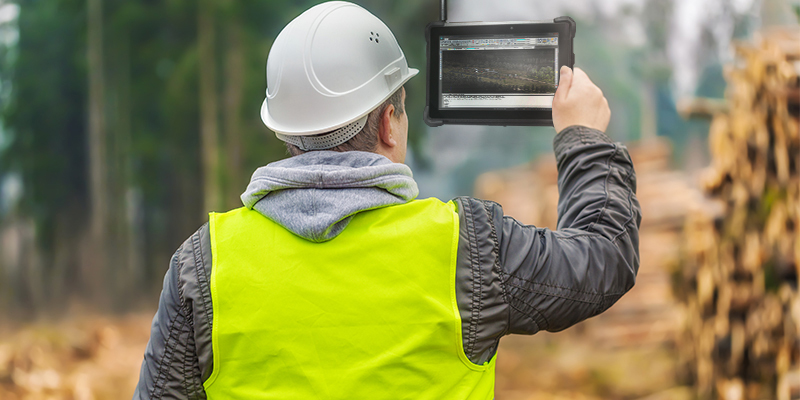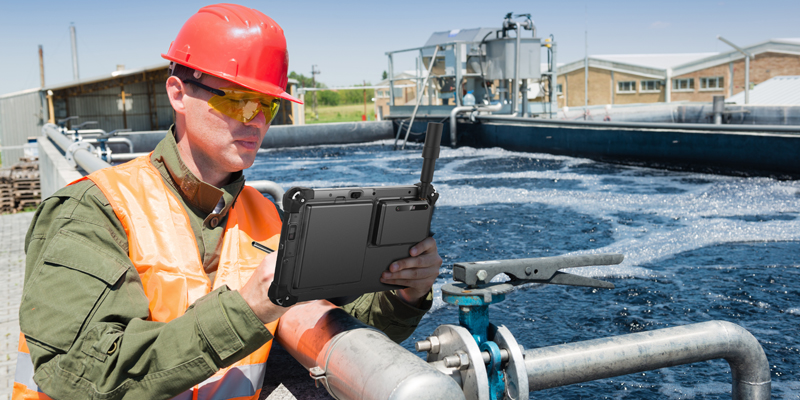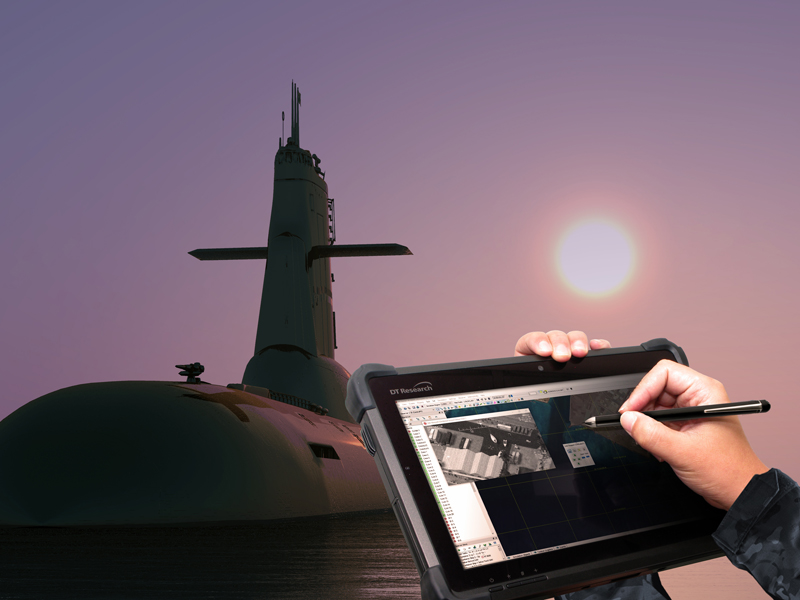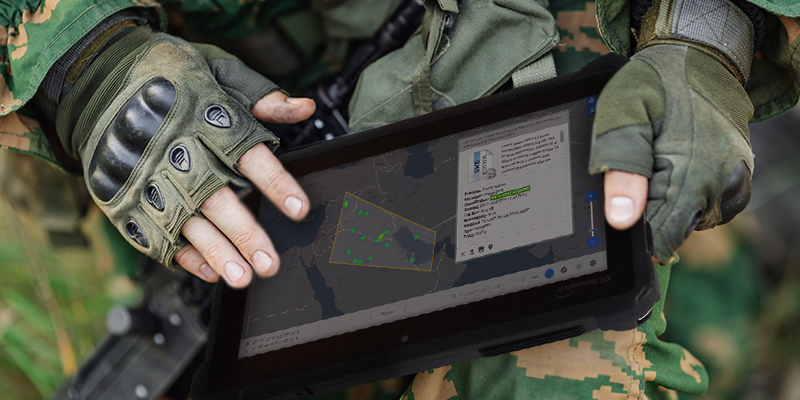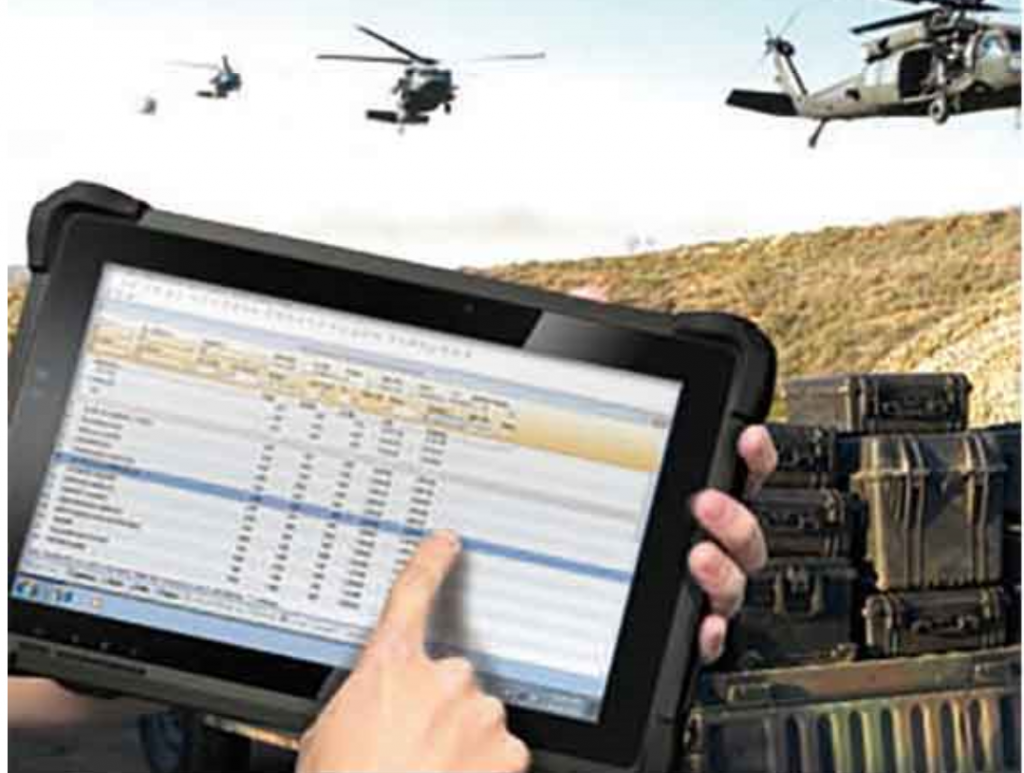DT Researchs DT301X-TR Rugged Tablet, specifically designed to meet the needs of the military, will be shown at the Defence and Security Equipment International (DSEI) in London, England from September 10-13, 2019. The three-day event features some of the top military IT technologies in the world including the GNSS multi-frequency RTK with carrier phase for real-time mapping and positioning provided by the purpose-built computing solution provider. DSEI is among the top military IT shows in the world. In addition to showcasing vendors in five different domain-focused zones including Aerospace, Land, Naval, Security, and Joint, it also features keynote speakers in the fields of science and technology. The DT301X-TR is in good company among other technologically-driven tools that strengthen and protect members of the military with their precision and enhanced security features.
Continue reading “Military-grade Tablets with RealTime Mapping Features for Enhanced Safety and Communication”
